Home>Garden Essentials>What Greenery To Use For Wreaths
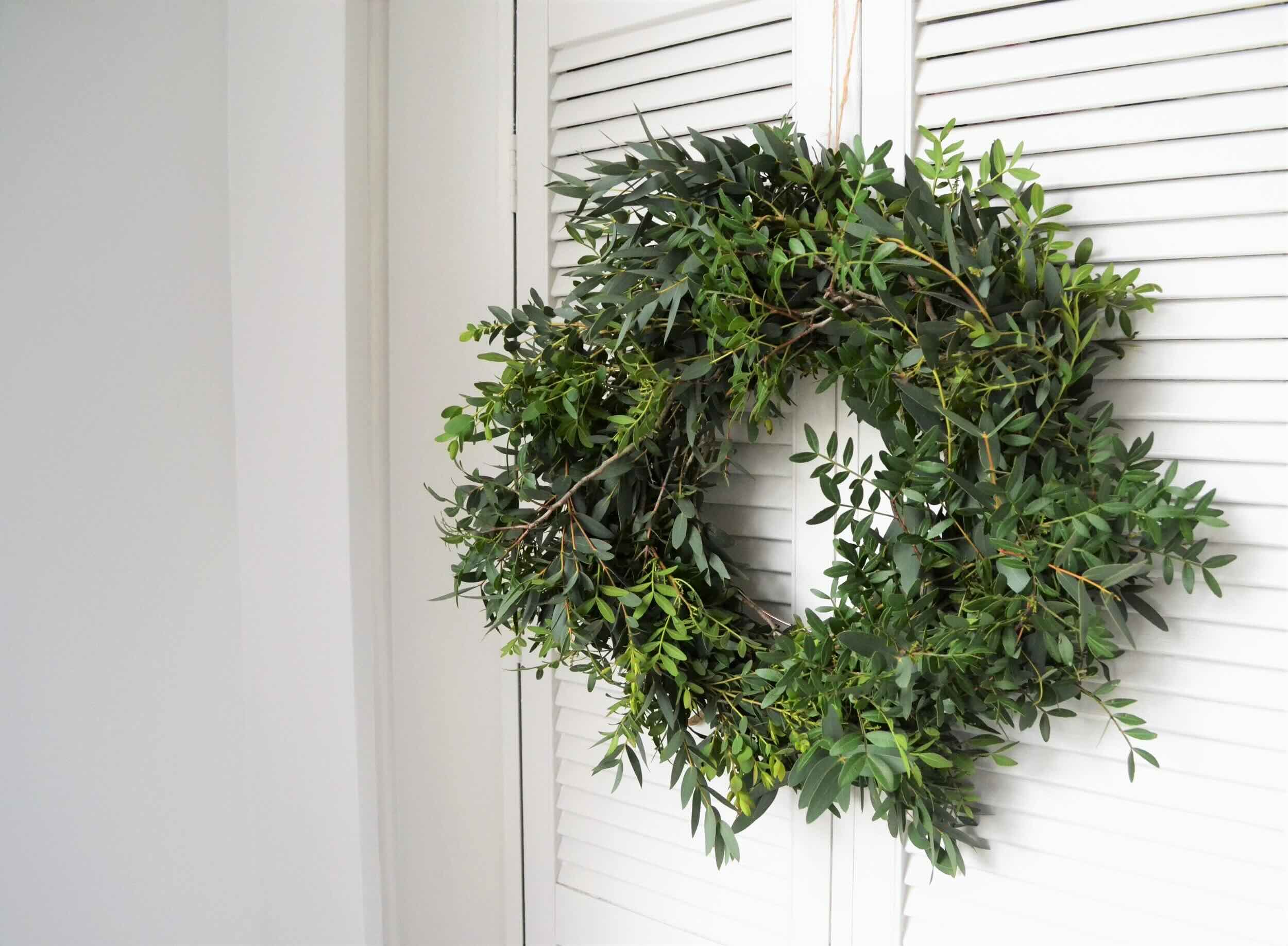

Garden Essentials
What Greenery To Use For Wreaths
Modified: March 7, 2024
Create stunning wreaths with beautiful garden greenery. Discover the best types of foliage to use and bring a touch of nature to your home decor.
(Many of the links in this article redirect to a specific reviewed product. Your purchase of these products through affiliate links helps to generate commission for Storables.com, at no extra cost. Learn more)
Introduction
Welcome to the world of lush greenery and beautiful wreaths! When it comes to creating wreaths, the choice of greenery is paramount. The type and combination of foliage you use can make all the difference, transforming a simple wreath into a stunning masterpiece. In this article, we will explore various types of greenery that are perfect for wreaths, from classic evergreen varieties to unique and nontraditional options.
Whether you’re a seasoned wreath maker or a gardening enthusiast looking to try your hand at wreath crafting, this guide will provide you with a plethora of ideas and inspiration. So, let’s dive in and discover the vast array of greenery available for creating beautiful wreaths that will add a touch of nature’s elegance to your home!
Note: When gathering greenery, always ensure that you have proper permission and follow sustainable harvesting practices.
Key Takeaways:
- Choose a variety of greenery, like pine, holly, and lavender, to create visually stunning and aromatic wreaths for any occasion or season.
- Experiment with unique foliage, like succulents and eucalyptus, to add a creative twist and bring a touch of nature’s elegance to your home decor.
Read more: How To Make A Greenery Wreath
Evergreen Varieties
Evergreen foliage is the go-to choice for wreaths, as it retains its vibrant color and texture even after it has been cut. Here are some popular evergreen options to consider:
- Pine: Known for its distinctive fragrance, pine is a classic choice for wreaths. The long, slender needles and sturdy branches of various pine species, such as Scotch Pine and White Pine, make them ideal for creating wreath bases.
- Spruce: With its short, prickly needles and compact form, spruce adds a touch of texture and volume to wreaths. The Blue Spruce variety, with its blueish hue, is especially popular for wintertime wreaths.
- Fir: Fir foliage, with its soft, flat needles, offers a delicate and feathery appearance to wreaths. The Balsam Fir, known for its pleasing aroma, is a favorite choice for both holiday and year-round wreath designs.
- Cedar: Cedar branches, with their evergreen color and gentle fragrance, bring a rustic charm to wreaths. The slender, scale-like foliage of the Eastern Red Cedar or the aromatic Western Red Cedar can add interest and texture to your design.
When using evergreen varieties, consider mixing different types to create a visually appealing wreath. The contrasting textures and shades of green will add depth and dimension to your creation. Don’t be afraid to experiment with combinations to achieve the desired look.
Pro Tip: Before adding the evergreen foliage to your wreath, soak the branches in cool water for a few hours. This will help increase their longevity and keep them looking fresh.
Foliage with Berries
Adding berries to your wreaths not only adds a pop of color but also creates a festive and textured look. Here are some foliage options that are known for their beautiful berries:
- Holly: The iconic holly with its glossy, spiky leaves and vibrant red berries is a staple in holiday wreaths. It symbolizes good luck and is believed to ward off evil spirits. Consider mixing different holly varieties, such as English Holly or American Holly, to achieve a visually striking combination.
- Winterberry: The Winterberry, also known as the American Holly, is a deciduous shrub that sheds its leaves in winter, leaving behind clusters of bright red berries. These berries are a perfect addition to wreaths, adding a burst of color and a festive touch.
- Juniper: Juniper foliage, with its bluish-green needles, is a popular choice for wreaths. Some juniper species, like the Blueberry or Rocky Mountain Juniper, produce small blue or lavender berries that add a unique and eye-catching element to wreath designs.
- Pyracantha: Pyracantha, commonly known as Firethorn, is a versatile evergreen shrub that produces clusters of small berries in shades of red, orange, or yellow. These vibrant berries can complement your wreath and create a striking visual impact.
When incorporating foliage with berries into your wreaths, it’s important to consider the balance and placement of the berries. Distribute them evenly throughout the wreath for a harmonious look, or cluster them at specific points for a focal point. Let your creativity guide you in achieving the desired effect.
Pro Tip: To prolong the lifespan of wreaths with berry-laden foliage, mist the berries with an anti-desiccant spray or use a clear acrylic spray to help preserve their color and prevent shriveling.
Fragrant Options
What could be better than a wreath that not only looks beautiful but also fills the air with a delightful aroma? Including fragrant foliage in your wreaths will elevate the sensory experience. Here are some options for adding fragrance to your wreaths:
- Lavender: Known for its calming scent, lavender is a popular choice for wreaths. The slender purple flowers and gray-green foliage create a soothing and aromatic wreath that can be enjoyed both indoors and outdoors.
- Rosemary: With its distinct pine-like fragrance, rosemary is a fantastic addition to wreaths. The slender, needle-like leaves and cascading form of rosemary foliage add texture and a pleasant herbal aroma.
- Mint: Mint varieties, such as spearmint, peppermint, or chocolate mint, offer refreshing scents. The bright green leaves of mint provide a burst of color and a delightful fragrance that enhances any wreath design.
- Thyme: Thyme, with its small, aromatic leaves, adds a touch of natural fragrance to wreaths. The popular lemon thyme variety offers a lemony scent that can infuse your wreath with a fresh and invigorating aroma.
When incorporating fragrant foliage into your wreaths, consider the placement and density of the herbs. Intersperse them throughout the wreath to release their scents evenly. As you move past the wreath, the gentle wafts of fragrance will create a delightful ambiance.
Pro Tip: To enhance the fragrance of the wreath, gently crush or rub the herbs between your fingers before adding them to your design. This will release their essential oils and intensify the scent.
When making wreaths, consider using greenery such as pine, cedar, eucalyptus, or boxwood for a classic and long-lasting look. These types of greenery are sturdy and hold up well in wreaths.
Unique and Nontraditional Choices
If you’re looking to create a wreath that stands out from the crowd, consider incorporating unique and nontraditional foliage options. These unexpected choices will add a touch of creativity and intrigue to your wreath designs. Here are a few ideas:
- Eucalyptus: With its silvery-blue leaves and a distinctive fragrance, eucalyptus foliage adds a modern and elegant touch to wreaths. Its long, slender branches are perfect for creating cascading and textured designs.
- Succulents: Succulents have gained popularity in wreath-making due to their unique shapes, colors, and ability to retain moisture. Incorporate different types of succulents, such as echeveria, sedum, or aeonium, for a stunning wreath that will thrive both indoors and outdoors.
- Seeded Eucalyptus: Seeded eucalyptus, with its delicate leaves and tiny seed pods, adds an interesting and textural element to wreaths. The muted green color and subtle fragrance make it a versatile and captivating choice.
- Artichoke: For a truly unconventional wreath, try incorporating artichoke heads. Their unique shape, muted green color, and interesting texture will make a statement and spark conversation.
When using unique foliage options, consider the overall theme and style of your wreath. Experiment with different combinations and placements to achieve the desired effect. Don’t be afraid to think outside the box and let your creativity shine!
Pro Tip: If you’re using nontraditional choices like succulents or artichokes, consider using floral adhesive or wire to attach them securely to the wreath base.
Read more: How To Make An Artificial Greenery Wreath
Seasonal Additions
To create wreaths that reflect the beauty of each season, consider incorporating foliage and elements that are found during specific times of the year. By incorporating seasonal additions, you can celebrate the changing seasons and create wreaths that are perfectly aligned with the time of year. Here are some seasonal ideas:
- Spring: Embrace the freshness of spring by incorporating blooming flowers, such as tulips, daffodils, or cherry blossoms. Enhance your wreaths with delicate greenery like ferns, baby’s breath, or fresh herbs like parsley or chives.
- Summer: Capture the vibrant energy of summer by incorporating sunflowers, zinnias, or brightly colored dahlias. Combine them with variegated foliage like hosta leaves, coleus plants, or vibrant green ferns.
- Fall: Embrace the warm hues of autumn by utilizing foliage like maple leaves, oak leaves, or birch branches. Incorporate seasonal additions like mini pumpkins, pinecones, and dried wheat stalks for a cozy and rustic fall wreath.
- Winter: Create a winter wonderland with evergreen foliage, pinecones, and branches of red berries. Add touches of seasonal elements like frosted pine cones, silver ornaments, or branches of holly with vibrant red berries.
By incorporating seasonal elements into your wreaths, you can change them as the seasons transition, refreshing the look and bringing the spirit of each season to your front door or indoor space.
Pro Tip: To extend the longevity of your seasonal wreaths, consider using faux flowers and foliage. They will withstand the changing weather conditions and allow you to enjoy your wreaths for years to come.
Conclusion
Creating wreaths is a wonderful way to express your creativity and bring the beauty of nature into your home. With a wide range of greenery options to choose from, you can design wreaths that suit any occasion, style, or season.
From classic evergreen varieties to foliage with berries, fragrant options, unique choices, and seasonal additions, the possibilities for wreath designs are endless. The key is to combine different types of greenery, textures, and colors to create visually stunning and captivating wreaths.
Remember to consider the balance and placement of the foliage, ensuring that each element complements and enhances the overall design. Incorporate fragrant foliage for an aromatic experience, experiment with unique and nontraditional choices for a creative twist, and embrace seasonal additions to celebrate the beauty of each time of year.
Whether you’re making wreaths for your own enjoyment or to give as heartfelt gifts, the process of selecting and arranging the greenery is a truly rewarding experience. So, let your imagination run wild, gather your favorite foliage, and embark on a wreath-making journey that will bring joy and beauty to your home.
Enjoy the process, cherish the natural beauty of the greenery, and let your wreaths become a reflection of your personal style and connection to nature. Happy wreath-making!
Frequently Asked Questions about What Greenery To Use For Wreaths
Was this page helpful?
At Storables.com, we guarantee accurate and reliable information. Our content, validated by Expert Board Contributors, is crafted following stringent Editorial Policies. We're committed to providing you with well-researched, expert-backed insights for all your informational needs.

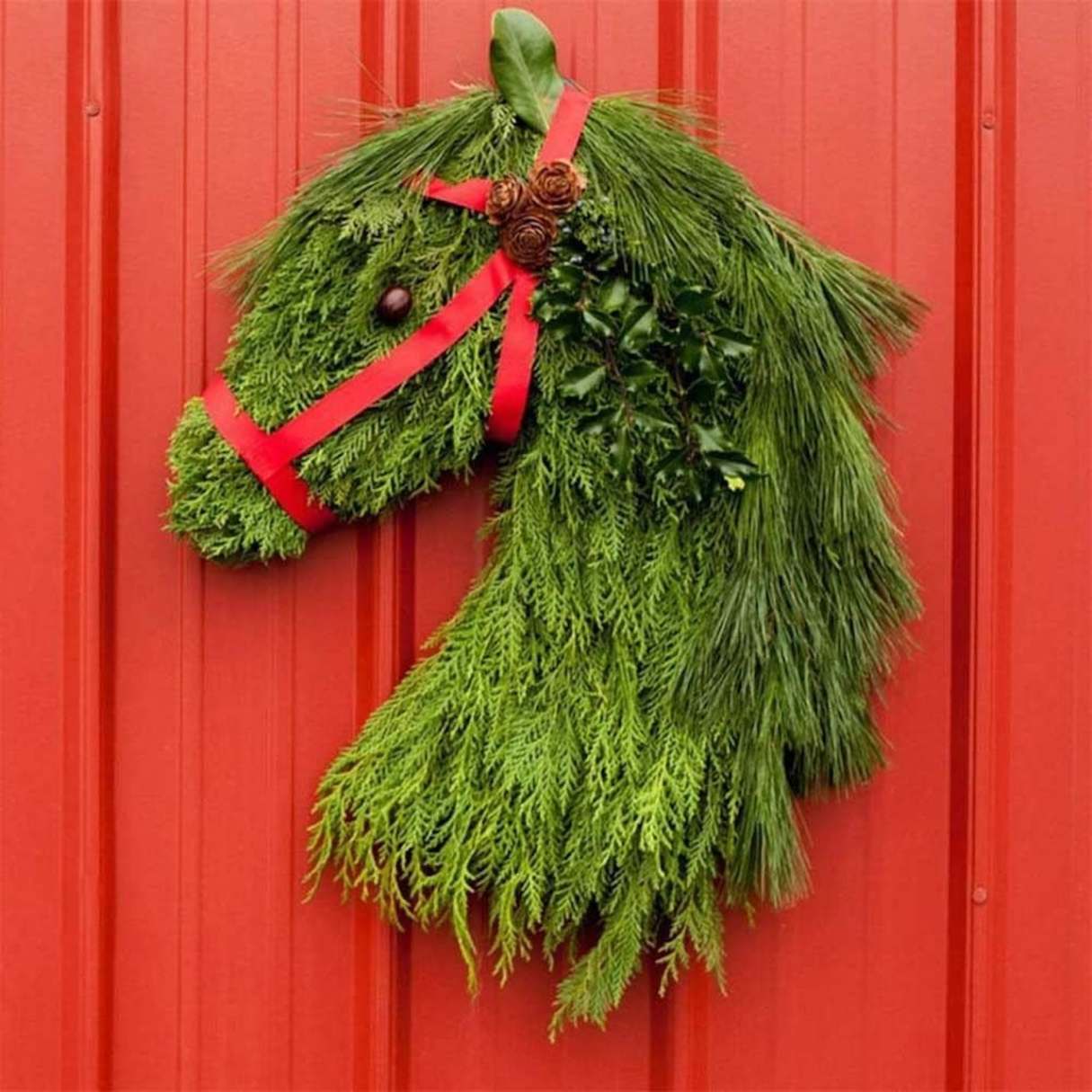
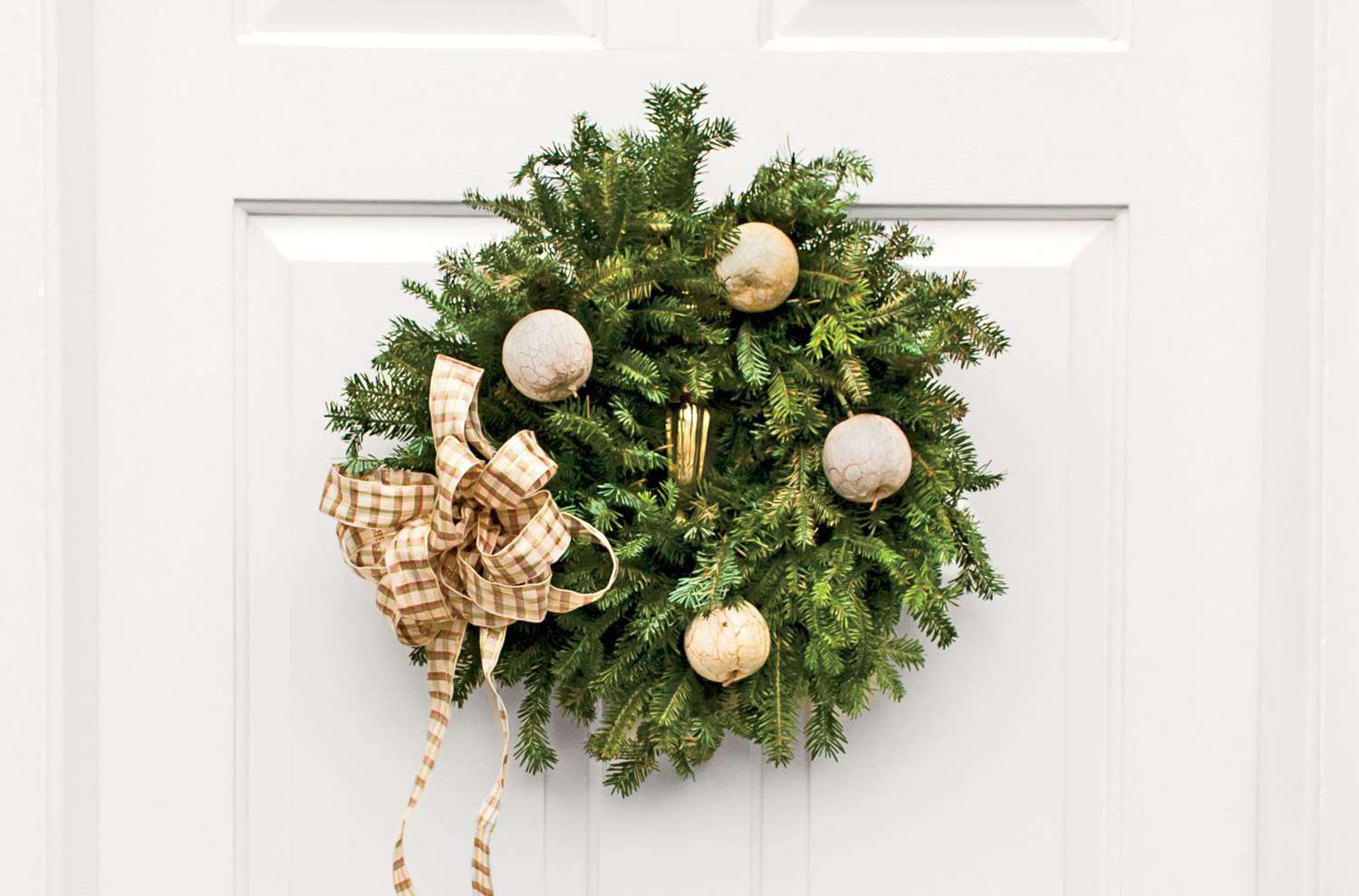

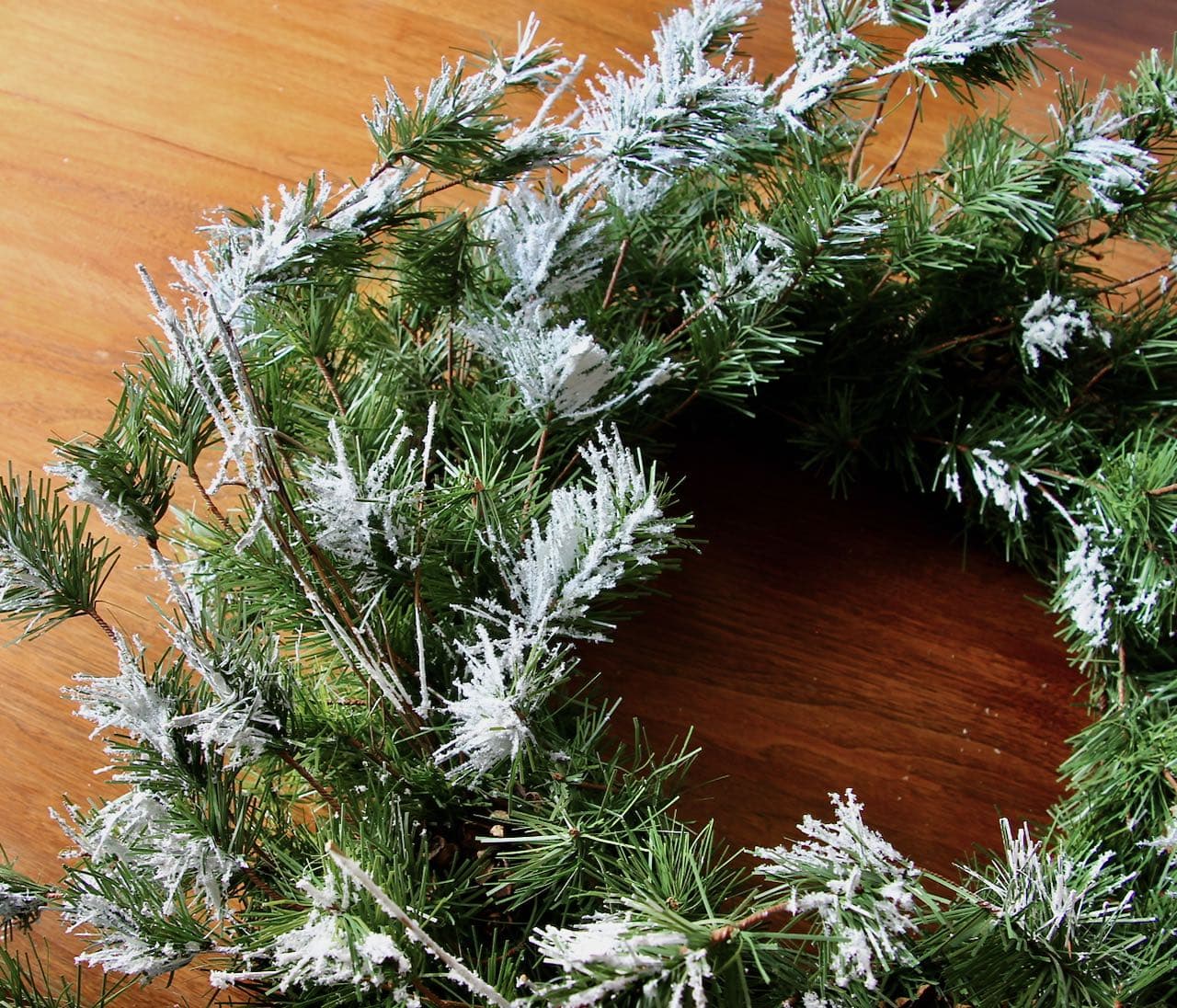
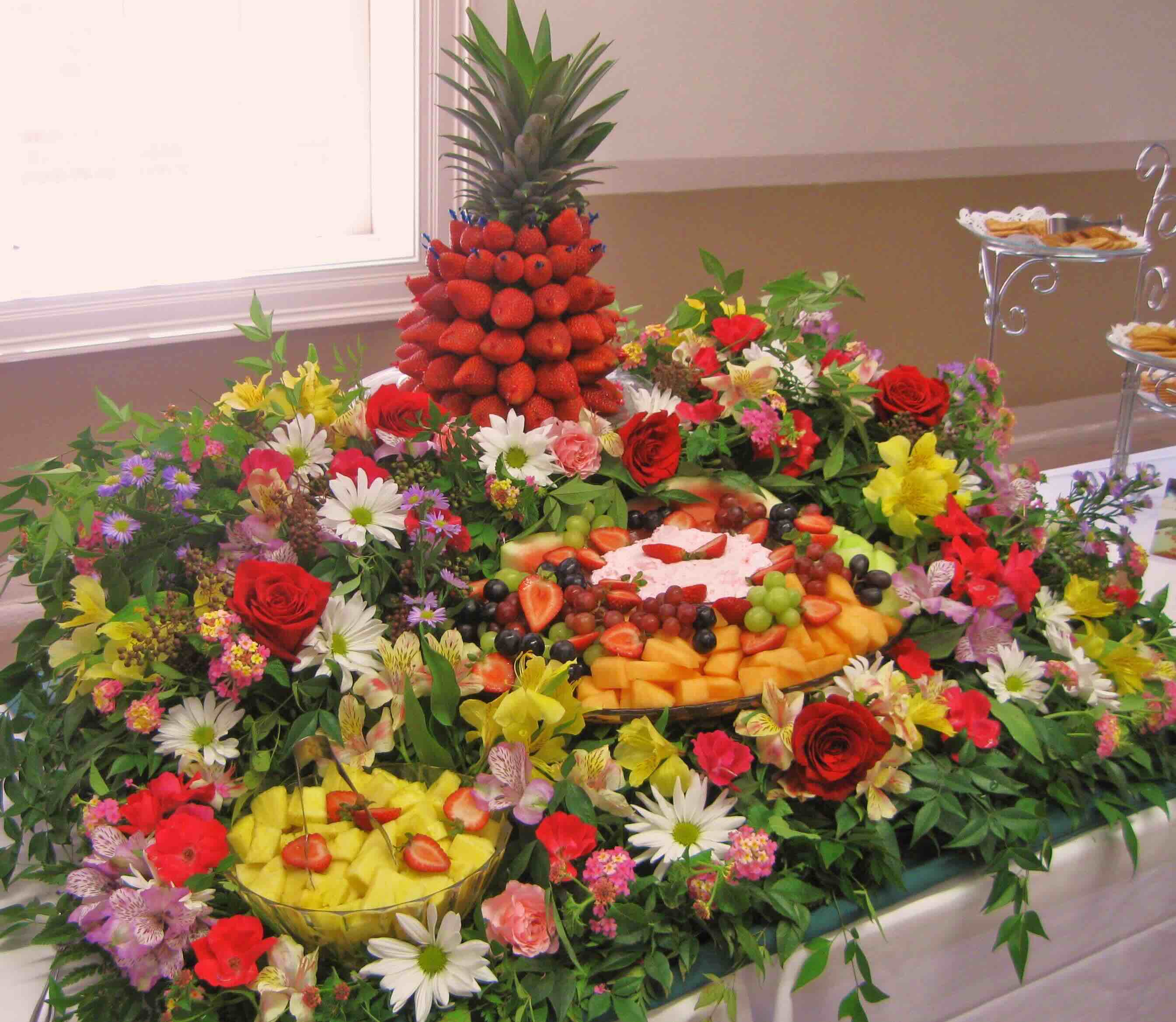
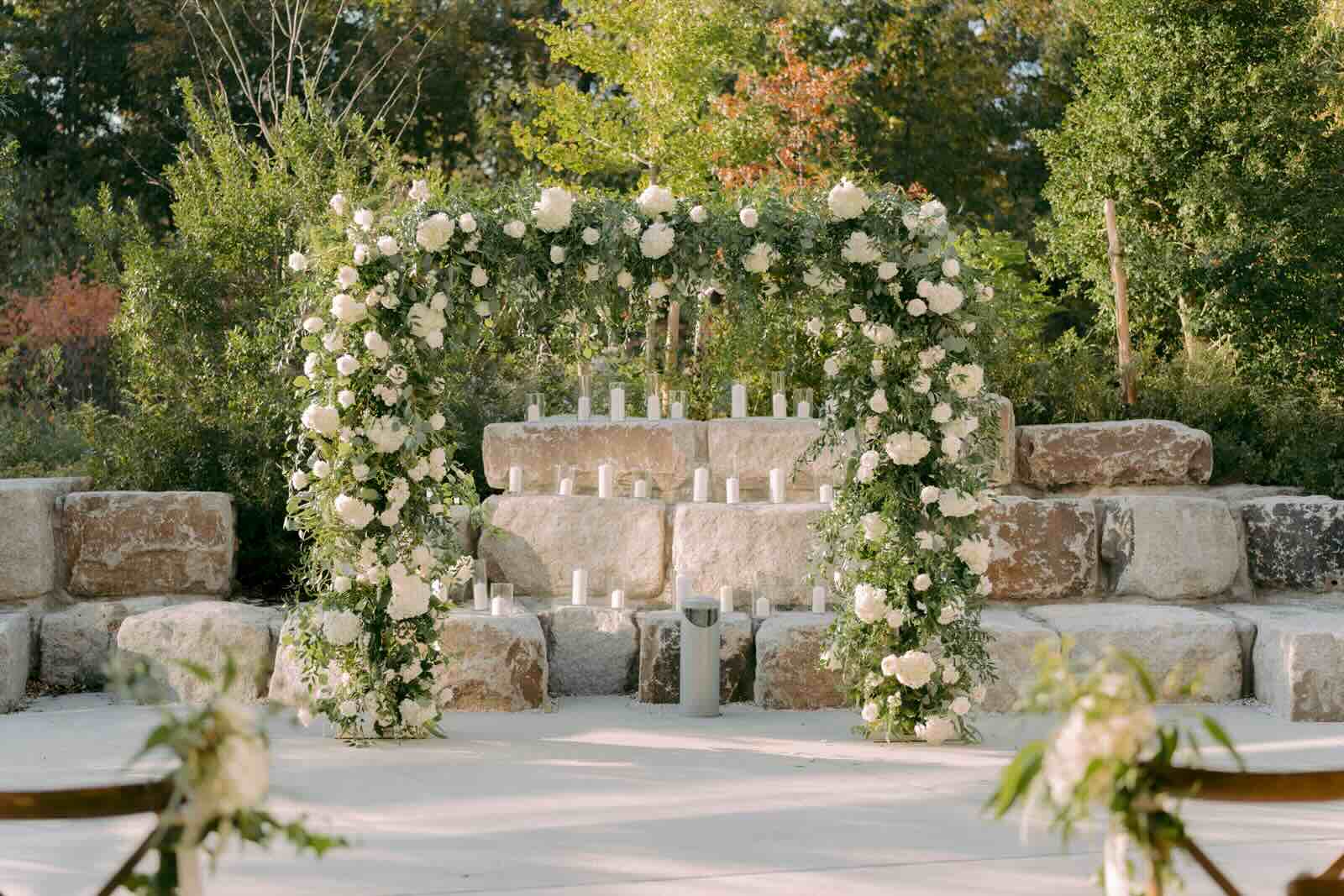

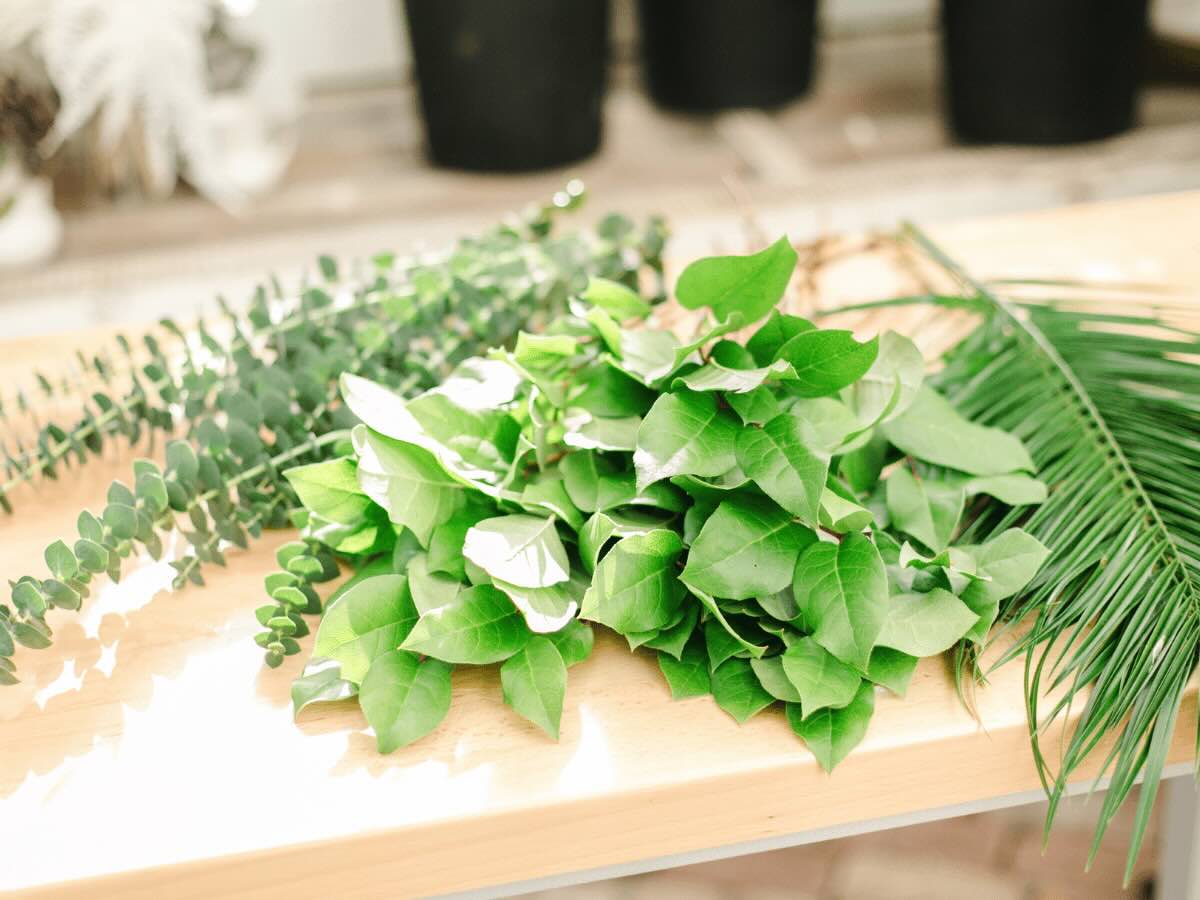

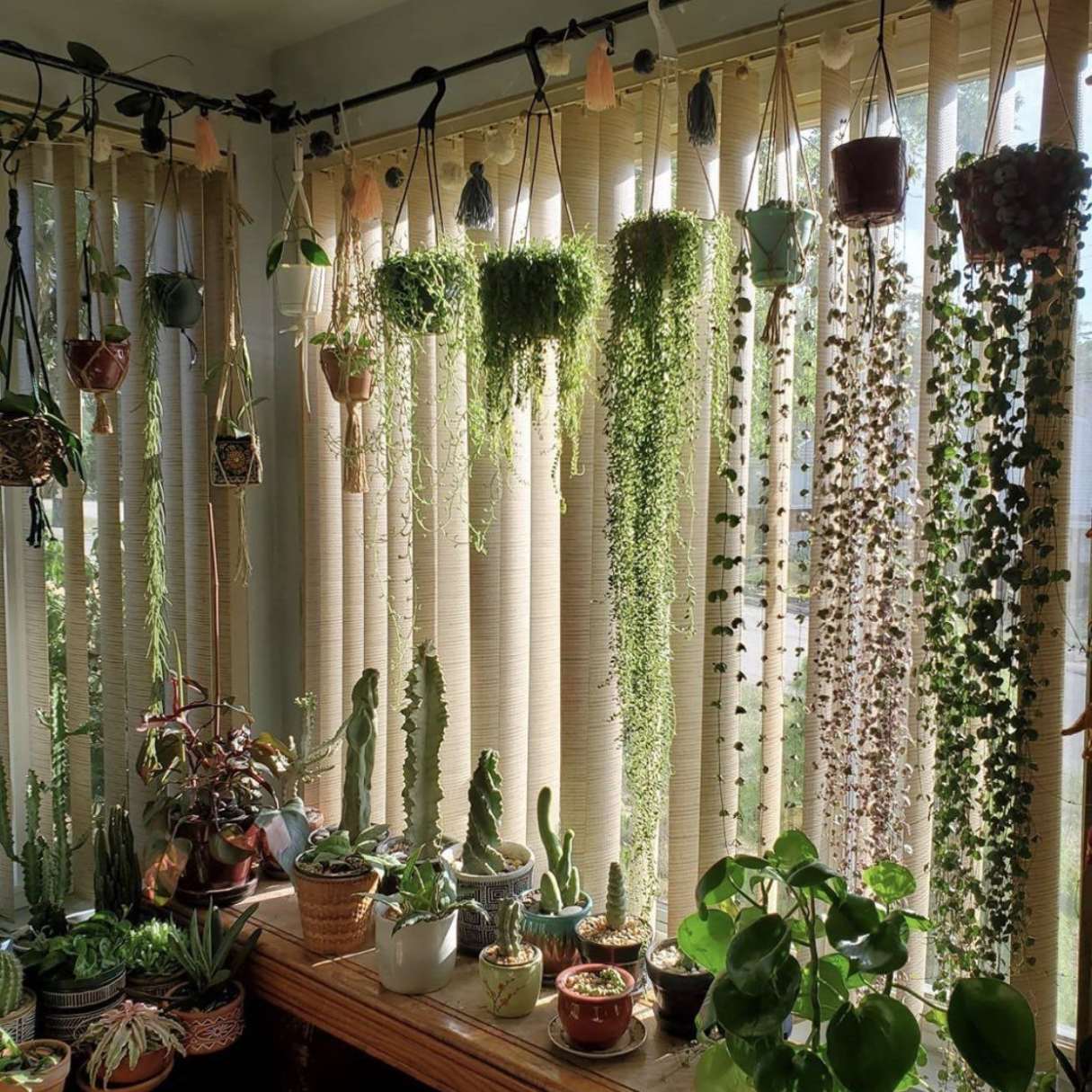
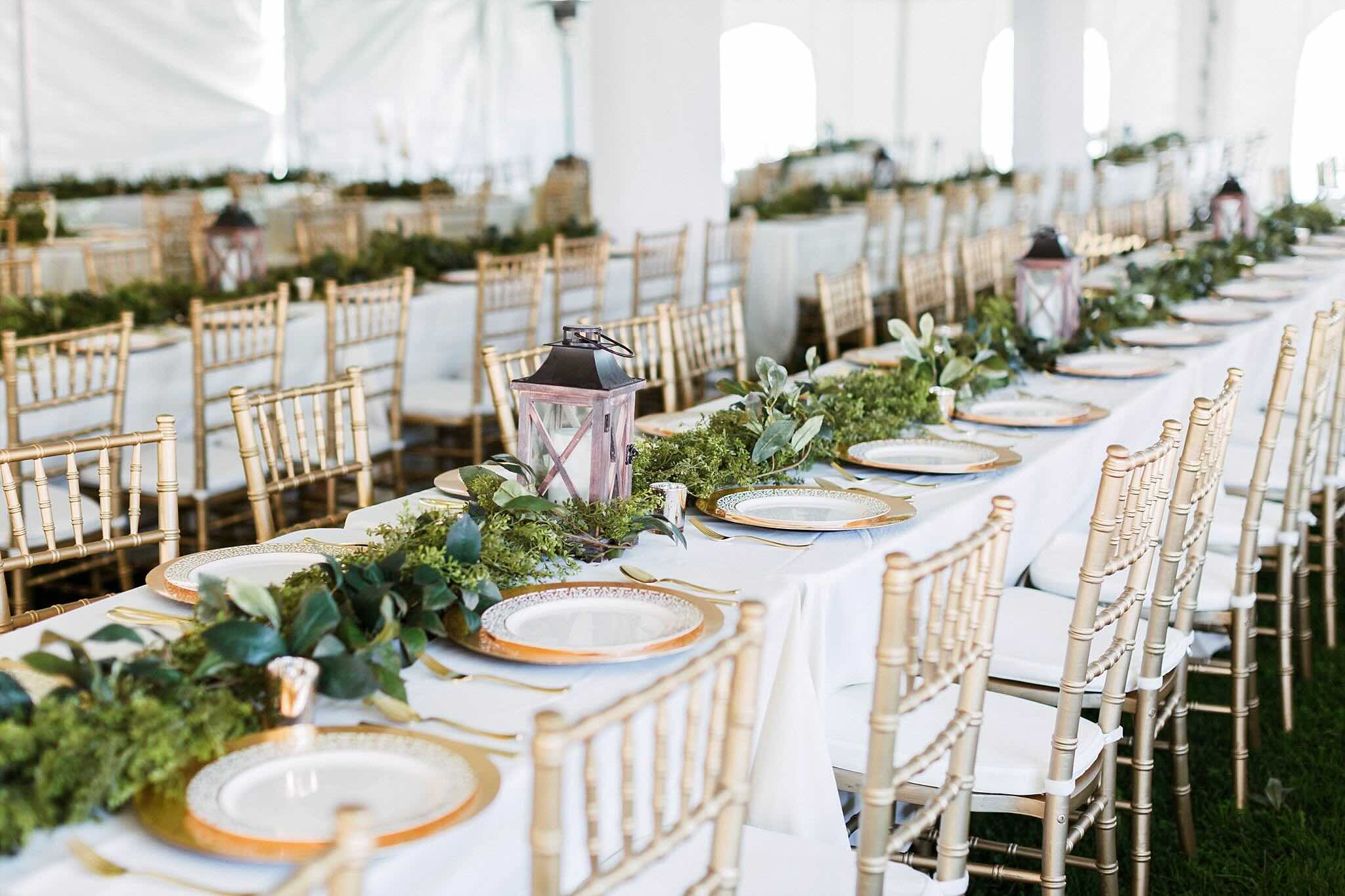



0 thoughts on “What Greenery To Use For Wreaths”